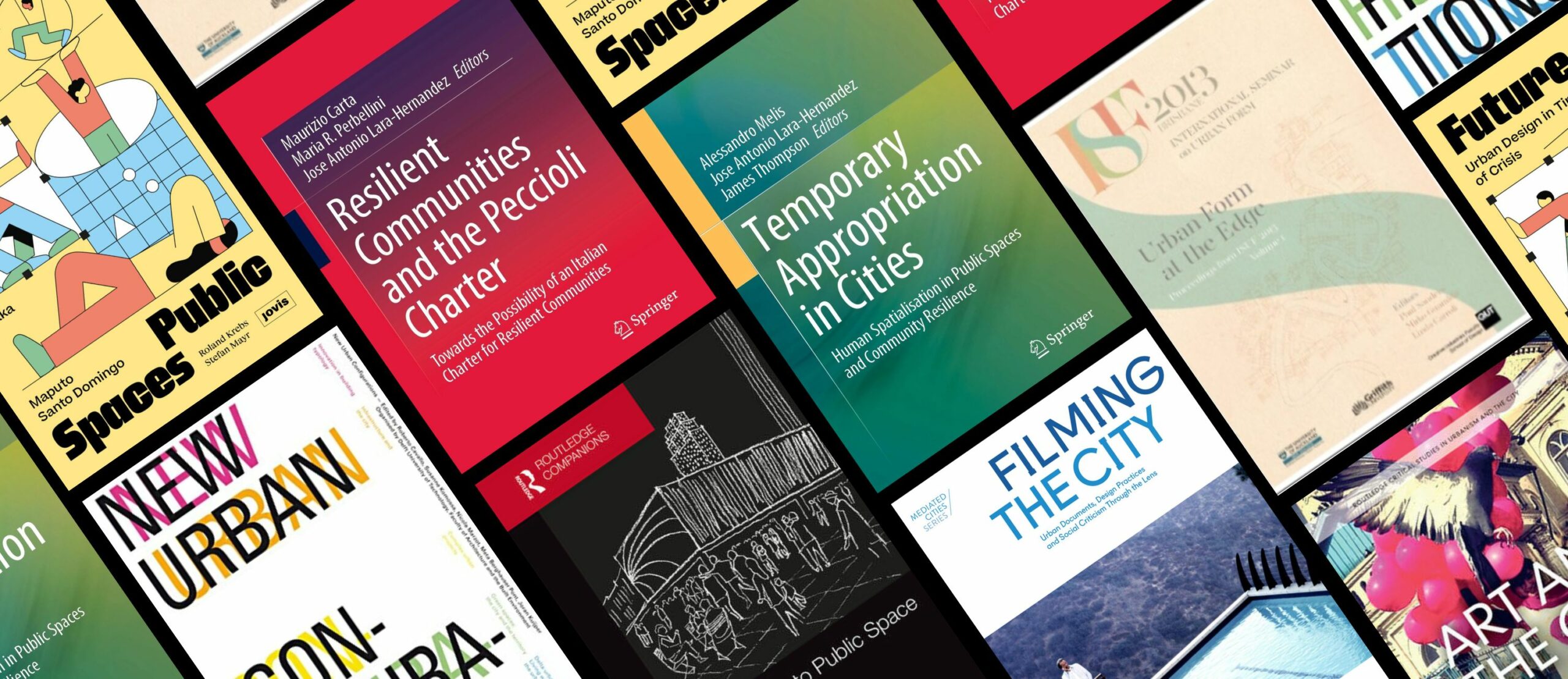
BOOK CHAPTERS (selected)
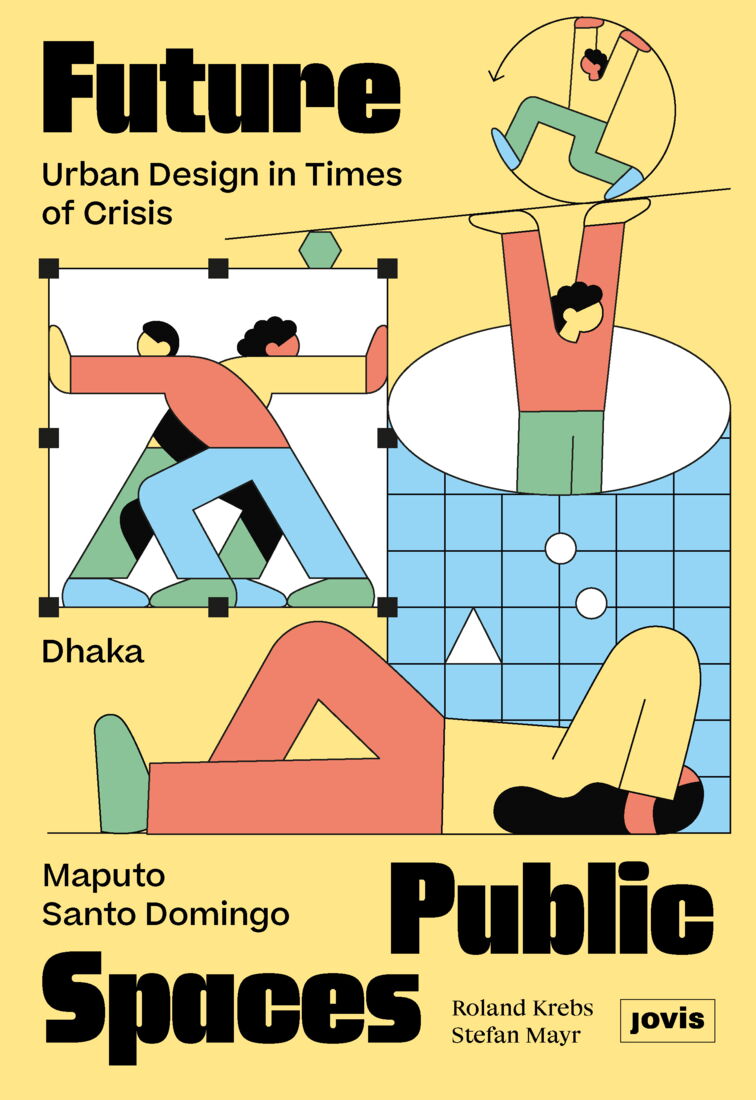
Bravo, L. (2023) Public Space is a Fundamental Human Right, in Krebs, R. and Mayr, S. (eds.) Future Public Spaces, Jovis, Germany.
Nowadays, public space remains a low priority in many cities’ urban agenda, and is not properly addressed by politicians and local governments. Too often, public space is not listed as a primary question, but rather as a collateral component, mostly intended as design activities related to landscape urbanism or infrastructure facilities. In addition, public space is more and more linked to a complex urban scenario made of socio-spatial discrimination and exclusions, increasing inequalities and neglecting civil rights, due to globalization phenomena and neoliberal political system.
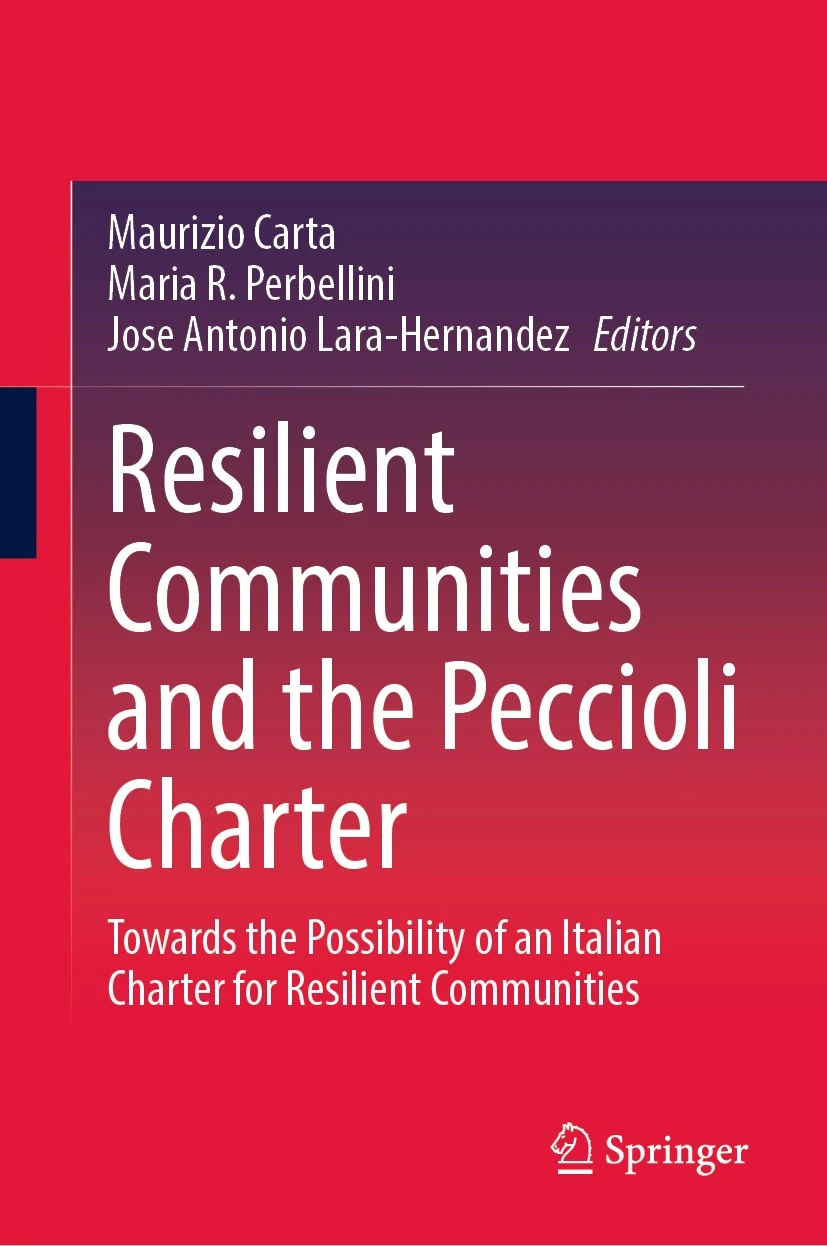
Bravo, L. (2022) Investing in Human Capital. Towards a New Paradigm of Urban and Social Resilience, Beyond the Notion of Profit, in Carta, M., Perbellini, M.R., Lara-Hernandez, J.A. (eds.) Resilient Communities and the Peccioli Charter, Springer, Switzerland.
After the global financial crisis of 2008, human capital, combined with the Gross Domestic Product (GDP), was used as an indicator to assess the state of the welfare of a country, with reference also to alternative indicators such as the UN’s Human Development Index (HDI) and the OECD Better Life Index (BLI). These indices represent the need to identify advanced forms of development measurement, overcoming metrics that are no longer adequate solely related to the Gross Domestic Product (GDP). The concept of well-being is no longer tied exclusively to the capacity of collective and/or individual income: quality of life is measured in terms of environmental and social quality, and in the ability of resilient communities to shape the common good.
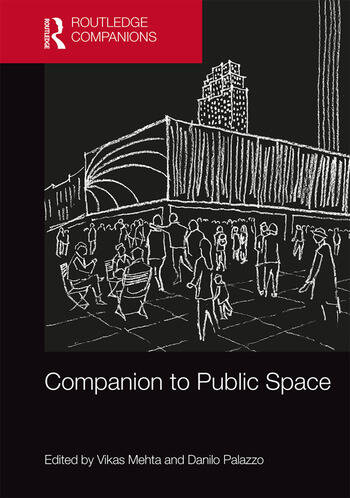
Bravo, L. (2020) Public Space and the New Urban Agenda. Fostering a Human-centred Approach for the Future of our Cities, in Metha, V., Palazzo D. (eds.), Companion to Public Space, Routledge, United Kingdom.
The New Urban Agenda (NUA) is the new global mandate, an action-oriented document that envisions an urban paradigm shift for the sustainable development of cities and human settlements over the next 20 years. This document was the result of two years of negotiations, engaging more than 100,000 people in drafting, shaping, and discussing its contents. Most notably, the NUA clearly defines its commitment toward a new form of development by, promoting safe, inclusive, accessible, green and quality public spaces, including streets, sidewalks and cycling lanes, squares, waterfront areas, gardens and parks, that are multifunctional areas for social interaction and inclusion, human health and well-being, economic exchange, cultural expression and dialogue among a wide diversity of people and cultures, and that are designed and managed to ensure human development and build peaceful, inclusive and participatory societies as well as to promote living together, connectivity and social inclusion.
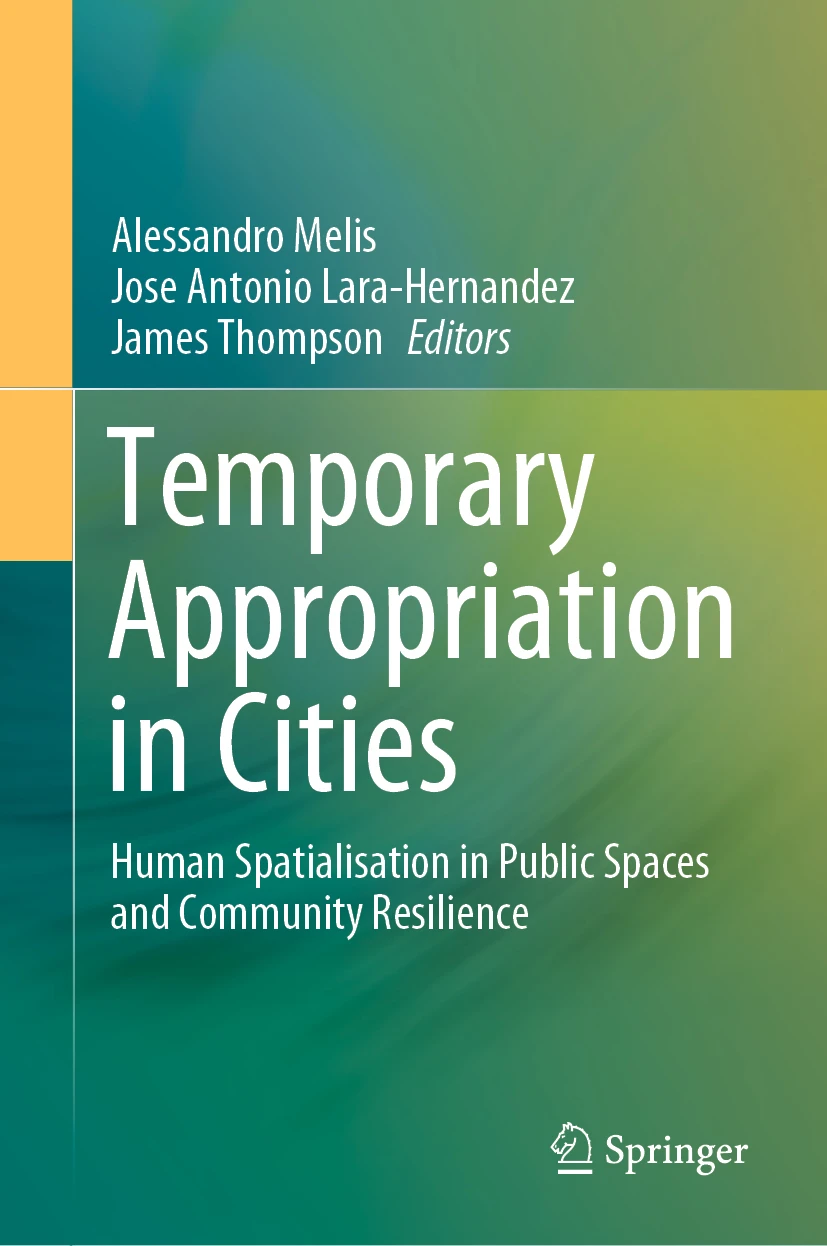
Bravo, L. (2020) Transforming Everyday Public Space. Human Appropriations in Search for Citizenship and Urban Well-being, in Melis, A. and Lara Hernandez, A. (eds.) Temporary Appropriation in Cities. Human Spatialisation in Public Spaces and Community Resilience, Springer, Switzerland.
Temporary urbanism is making clear that public space is not merely a design activity, rather it is the opportunity to unlock aspirations of ownership and citizenship of different publics. Public life is more and more the product of occasional urbanities derived by unpredictable forms of human engagements through small-in-scale practices. Urban agriculture, temporary stores, art performances, daily and seasonal community events, mobile trucks for urban food, street vending, kiosks, sport and recreational activities, re-use of vacant shops and derelict building sites are becoming more and more frequent activities in many public spaces all around the world, promoted and managed by local communities.
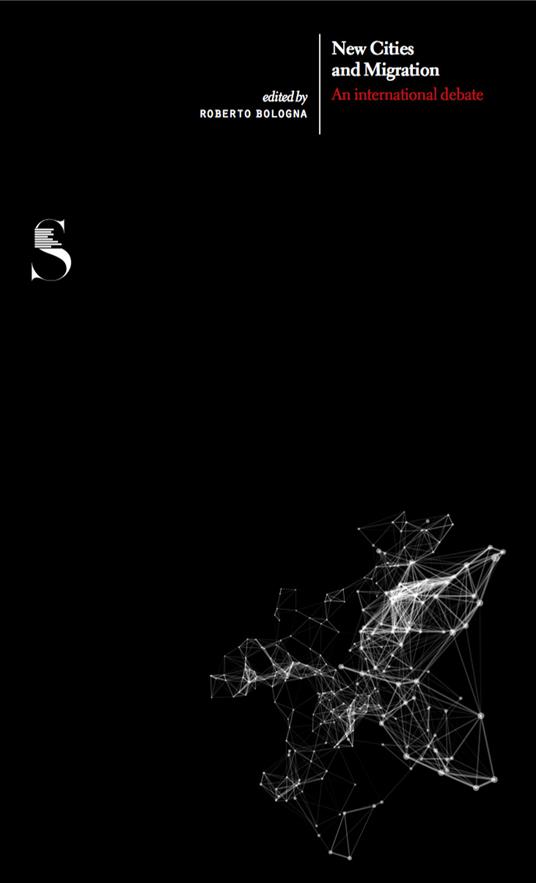
Bravo, L. (2017) Reporting from the Australian Front. Public Space as a Social Infrastructure, in Bologna, R. (ed.), New cities and migration. An international debate, Department of Architecture, University of Florence, Italy.
At the 15th Venice Architecture Biennale, in 2016, the Australian Pavilion hosted an exhibition of a very Australian public space: the swimming pool. A real pool was created in the exhibition space, as a square for people to meet, sit and talk, producing a real engagement, also on a sensorial and emotional level, through scents, sounds and words. The Venice Biennale’s curator Alejandro Aravena asked to national creative teams to share stories of architectures who were able to have an impact on the society and improve quality of life. The Pool was then exploring the social importance of Australia’s public baths, as playful community gatherings in urban and suburban areas or enchanting and mysterious natural water reliefs in the desert sun. The Pool was able to provide a clear picture of Australian culture, establishing also a platform for public debate with non-architects: it served as a relaxed vessel to show how a public or private facility could and still can behave as a social infrastructure able to bind a multicultural society, tackling complex questions about identity and cross-cultural understanding.
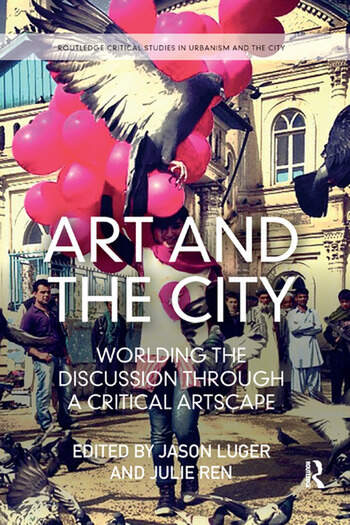
Bravo, L. (2017) #Beirut, Urbanism and Me. Framing the City through Space, Identity and Conflict, in Luger J., Ren J. (eds.), Art and the City: Worlding the Discussion through a Critical Artscape, Routledge, United Kingdom.
This chapter is a journey through the vibrant and fascinating art-based expressions in the city of Beirut, laying as a meaningful presence on the urban environment, strongly permeating its everyday life. In less than twenty years, Solidere completely rebuilt the Beirut Central District (BCD), an area of about 200 hectares, through a massive urban reconstruction program estimated to have cost tens of billions of dollars, involving star architects and leading international firms. A quite ferocious criticism is largely common by Beirutis, both from those generations who lived during the conflict and the new ones, about the reconstruction process after the war. Save Beirut Heritage (SBH), a Non-governmental organization (NGO) committed to preservation of the architectural heritage, declared that the current number of remaining traditional homes and buildings in Beirut is close to 200, while at the beginning of the 1990s, a census counted around 1,600 of them.
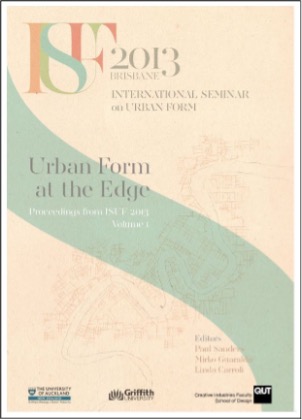
Bravo, L. (2016) Looking for the Mall. Public Life in the City of Dispersal, in Sanders, P., Guaralda, M. & Carroli, L. (eds.) Urban Form at the Edge: Proceedings from ISUF 2013, Vol. 2, Queensland University of Technology (QUT), Creative Industries Faculty, Brisbane, Australia.
When people are asked to describe the city where they live, especially in Europe, they will probably answer referring to the old centre or to the downtown area. Often, they are able to describe the network of public spaces and to give information on how to reach on foot shops or public facilities, searching buildings, churches, squares, paths and facades in their own mental map, flipping through the urban-ness of the old city. However, if they are asked where they spend their leisure time on a typical day, most of them will probably answer referring to shopping malls in the suburbs, which are related to major roads and infrastructures. In the Italian fragmented landscape of outskirts, urban form is marked by big box retail stores as masses and automobile connections as voids. During past decades, malls have progressively changed to best accommodate consumers’ needs: they strongly enlarged their structure introducing a variety of services and entertainments, such as movies and restaurants, fast-food arcades, libraries and other recreational activities, together with office developments, thus becoming attractive community centres. This paper will investigate how Italian suburbs have deeply changed due to large luxury shopping malls, in terms of urban typology and patterns but mainly in terms of mobility and public life.
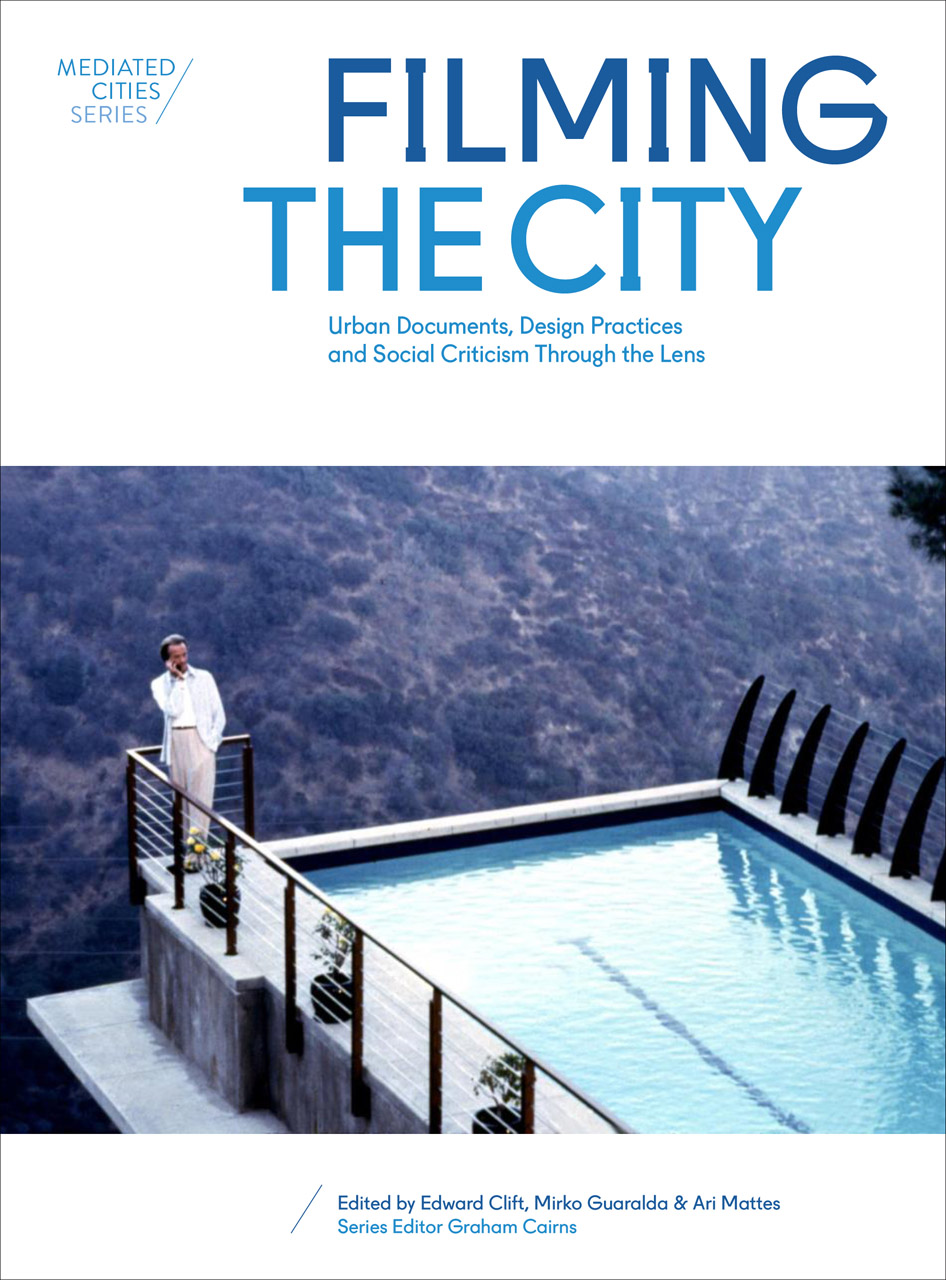
Bravo, L. (2016) Public Life and Urban Humanities, Beyond the Ideal City, in Guaralda, M., Clift, E. & Mattes, A. (eds.), Filming the City. Urban documents, design practices & social criticism through the lens, Intellect, United Kingdom.
Cinema has often influenced the urban planning discipline, as a tool for documentation of the evolutionary process of the built environment and, providing a different knowledge, as a means to seduce and engage emotionally. Films are the conscience of the human eye, they have the ability to become direct language with educational contents: they can move the point of view from the overview perspectives of urbanists to the personal and subjective perception of individual observers, at eye level. The camera frames architectures and spaces, but mainly it offers human stories, evolutions of feelings, it captures details of social interactions, while the urban is moving around. The city, as seen through the lens, becomes a tale, open to multiple interpretations, a scenery of the collective consciousness, able to describe and disclose the changing urban identities and humanities, through space and time. This paper reports outcomes of Visioni Urbane/Urban Visions. Beyond the ideal city, a film competition initiated by City Space Architecture in 2014, as part of the Italian Festival Visioni Italiane/Italian Visions, promoted by Cineteca di Bologna.
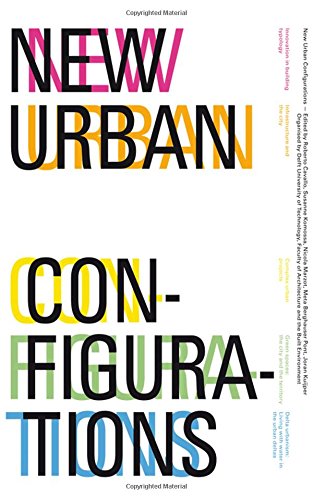
Bravo, L. and Crawford, M. (2014) Publics and their Spaces. Renewing Urbanity in City and Suburb, in Cavallo, R. et al. (eds.), New urban configurations, IOS Press & TU Delft, Netherlands.
Conventional approaches to “public space” research focus exclusively on generalized concepts of space, design, and urban form. Instead, we propose to begin with the concept of “publics”. This will allow people themselves to identify places whose significance have been produced by the community and its social life. These exist in both urban and suburban settings. This research is informed by American concepts of “everyday space”, ordinary places described as the “connective tissue that binds daily lives together”, although often in ways that are difficult to perceive. Looking at “lived space” in multiple contexts across city and suburbs in Italy and the US with an open mind, we will demonstrate how these spaces can generate a renewed urbanity.